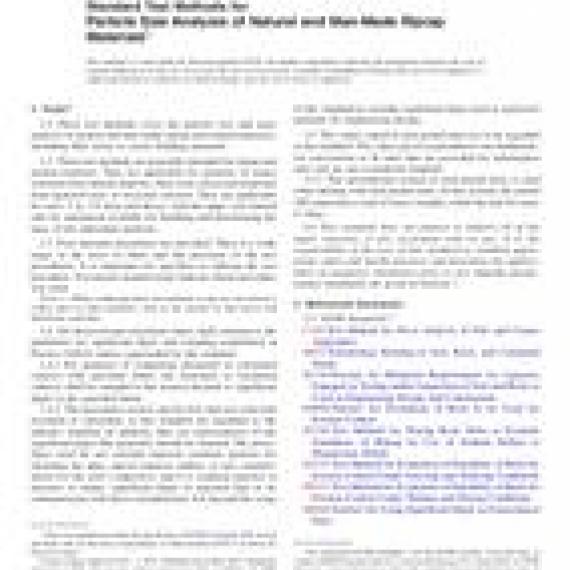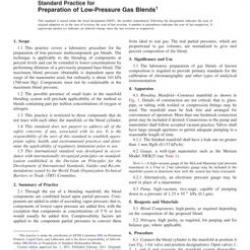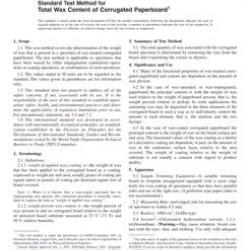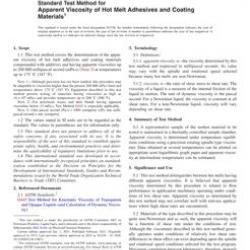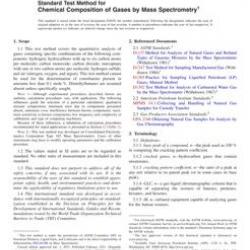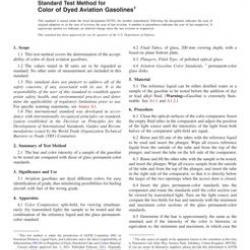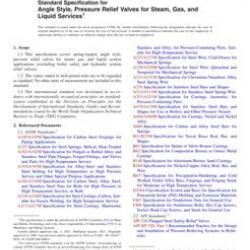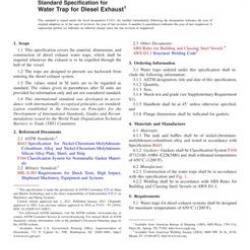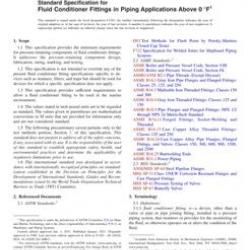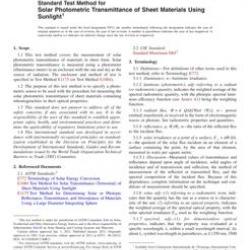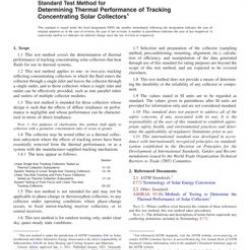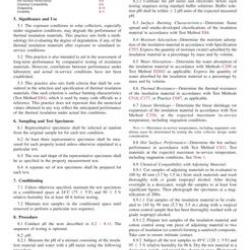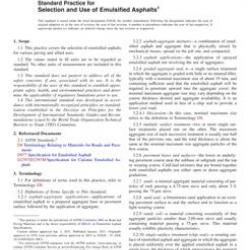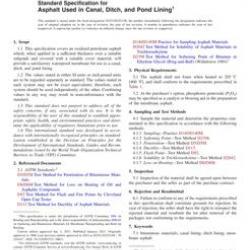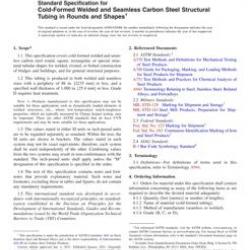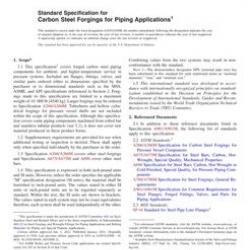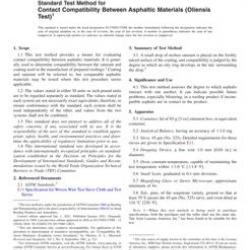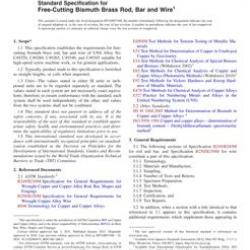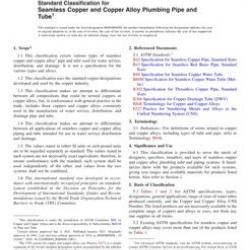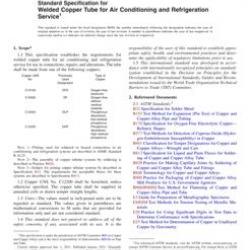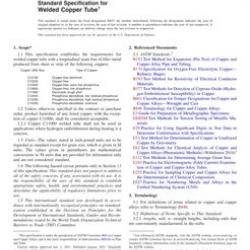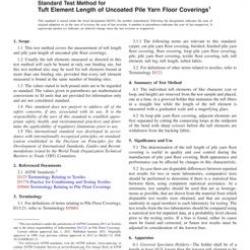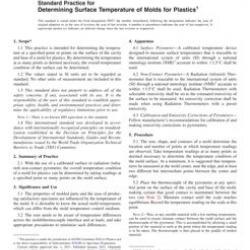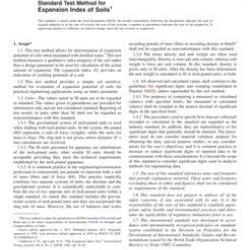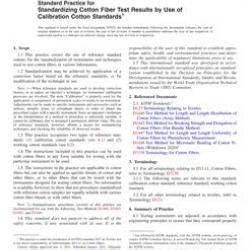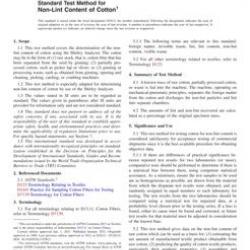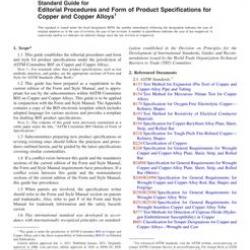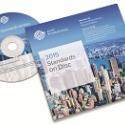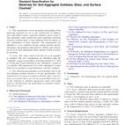No products
ASTM D5519-15
ASTM D5519-15 Standard Test Methods for Particle Size Analysis of Natural and Man-Made Riprap Materials
standard by ASTM International, 11/01/2015
Full Description
1.1These test methods cover the particle size and mass analysis of natural and man-made riprap and related materials, including filter stone or coarse bedding materials.
1.2These test methods are generally intended for riprap and related materials. They are applicable for mixtures of stones screened from natural deposits, blast rock, processed materials from quarried rock, or recycled concrete. They are applicable for sizes 3 in. (75 mm) and above, with the upper size limited only by equipment available for handling and determining the mass of the individual particles.
1.3Four alternate procedures are provided. There is a wide range in the level of effort and the precision of the test procedures. It is important for specifiers to indicate the test procedure. Test reports should clearly indicate which procedure was used.
Note 1:While conducting these test methods, it may be convenient to collect data on other attributes, such as the amount of slab pieces and deleterious materials.
1.4All observed and calculated values shall conform to the guidelines for significant digits and rounding established in Practice D6026, unless superseded by this standard.
1.4.1For purposes of comparing measured or calculated value(s) with specified limits, the measured or calculated value(s) shall be rounded to the nearest decimal or significant digits in the specified limits.
1.4.2The procedures used to specify how data are collected/recorded or calculated, in this standard are regarded as the industry standard. In addition, they are representative of the significant digits that generally should be retained. The procedures used do not consider material variation, purpose for obtaining the data, special purpose studies, or any considerations for the users objectives; and it is common practice to increase or reduce significant digits of reported data to be commensurate with these considerations. It is beyond the scope of this standard to consider significant digits used in analytical methods for engineering design.
1.5The values stated in inch-pound units are to be regarded as the standard. The values given in parentheses are mathematical conversions to SI units that are provided for information only and are not considered standard.
1.5.1The gravitational system of inch-pound units is used when dealing with inch-pound units. In this system, the pound (lbf) represents a unit of force (weight), while the unit for mass is slugs.
1.6This standard does not purport to address all of the safety concerns, if any, associated with its use. It is the responsibility of the user of this standard to establish appropriate safety and health practices and determine the applicability of regulatory limitations prior to use. Specific precautionary statements are given in Section 7.

